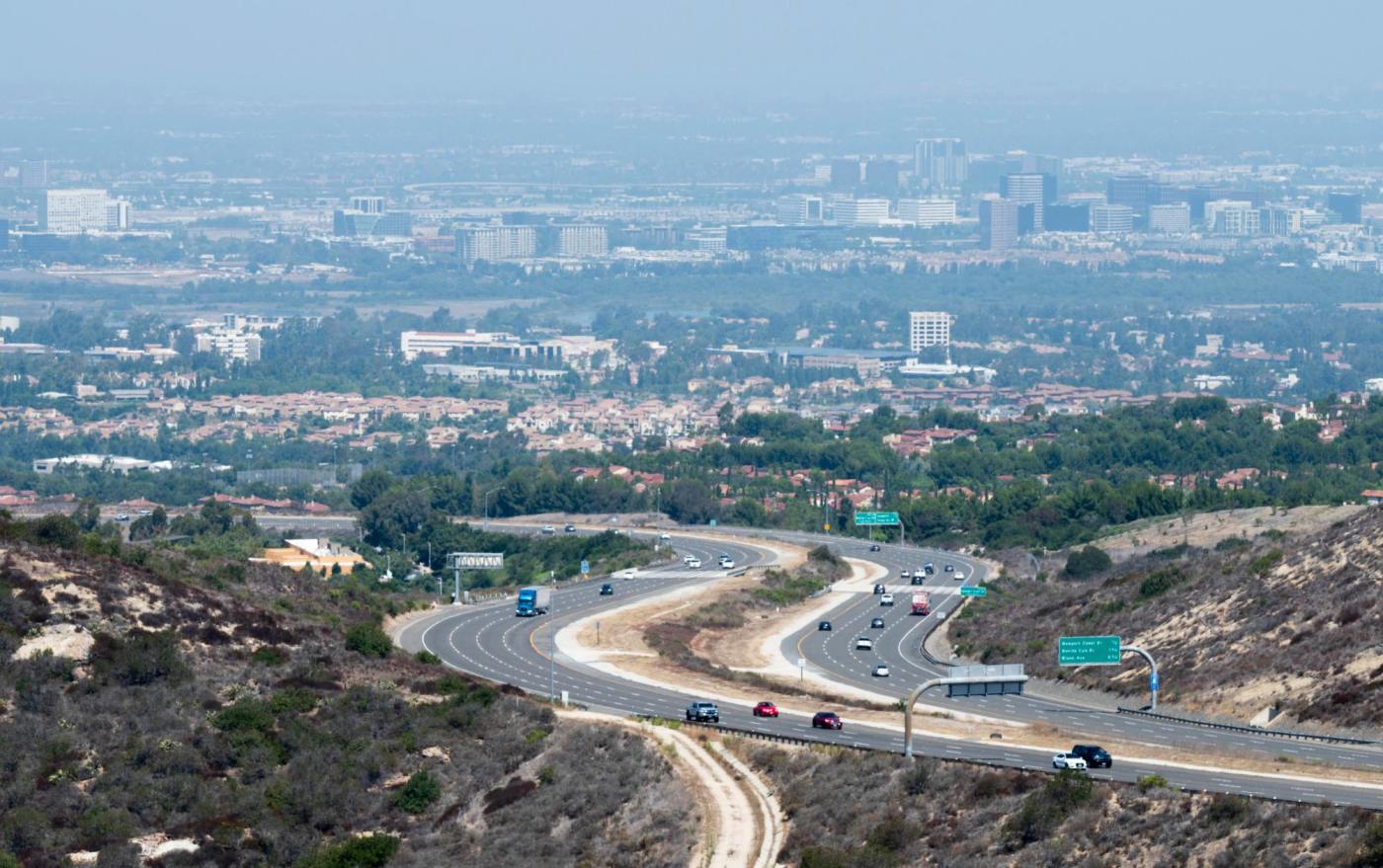Q: Hi Honk: I recently traveled south on the 405 and 5 freeways to San Marcos and utilized the 73 Toll Road without a transponder in both directions. The next day we paid online. The fee was $9.55 each way. The last time we drove it, a few years ago, it was $4 or $5 each way. Has the cost risen that much in a few years, and why aren’t there signs with the cost to travel on or before the toll road?
– Rob Friedrich, Lomita
A: For non-account holders, Rob, the fee for taking the whole route was $7.48 in 2015, $8.65 in 2020, and $9.36 a year ago, a toll roads official told Honk.
Perhaps in the past you were in a vehicle tied to an account holder.
For account holders, the rates are usually lower in part based on the time and the day. In 2015, the lowest rate was $4; in 2020, $5.34; and last year, $5.86.
Rates now automatically go up 2% a year.
As to why the 73’s officials don’t add signs posting the toll for the entire route:
Rates are different for cars and large trucks, and for account holders versus those who aren’t.
Further:
“The Toll Roads have numerous entry and exit points, and each of these toll points has a set toll that varies based on the factors above,” Michelle Kennedy, a spokesperson for that and related toll roads, said in an email. “The final toll associated with a particular trip on The Toll Roads is dependent on too many factors to allow for the simple identification of toll rates on roadway signage.”
The toll, she added, can be determined with a toll calculator on the website, TheTollRoads.com, and on an app.
Honk’s pro tip: Look at the toll calculator and then at another app, such as Waze, to weigh the time benefit against the cost.
By the way, some toll roads, with less variables in play, do show the rates on roadway electronic signs.
Q: Hey Honk: What is the construction for taking place between Katella and Lincoln avenues on the 55 Freeway’s center median? The activity looks serious, and I am wondering if lanes are being added, or is there another purpose?
– Bob Wolki, Anaheim Hills
A: It is definitely a serious project, Bob, and will end up stretching from Pacific Coast Highway to the 91 Freeway at a cost of $120 million.
But there will be no added lanes.
What motorists will get from the work in the heart of Orange County from Newport Beach to Anaheim is a higher-end concrete median for much of the way, with significantly improved lighting.
Also, there will be some sprucing up, with better landscaping and some new overhead signs. The foot of off-ramps will get some work so disabled people can more easily cross those ramps while pedestrians, and new overhead signs.
Honk figures this is what will interest most drivers most:
“This project will also repave the roadway (and) improve drainage,” Nathan Abler, a Caltrans spokesman, told him.
“Where there is asphalt, the repaving phase will include grinding the existing pavement and resurfacing with (asphalt) using recycled rubber tires,” he said. “Where there is concrete, the project will replace damaged slabs as needed.”
Work began in March and is to finish in three years. A major goal, Caltrans says, is to reduce collisions.
To ask Honk questions, reach him at honk@ocregister.com. He only answers those that are published. To see Honk online: ocregister.com/tag/honk. Twitter: @OCRegisterHonk
